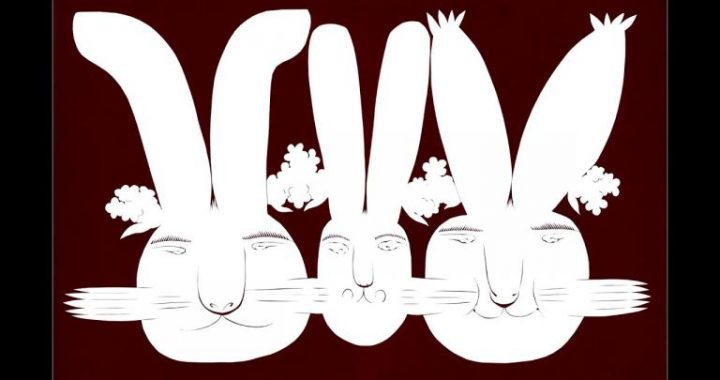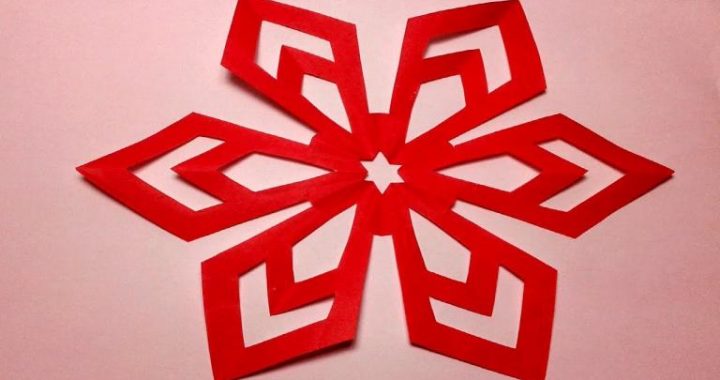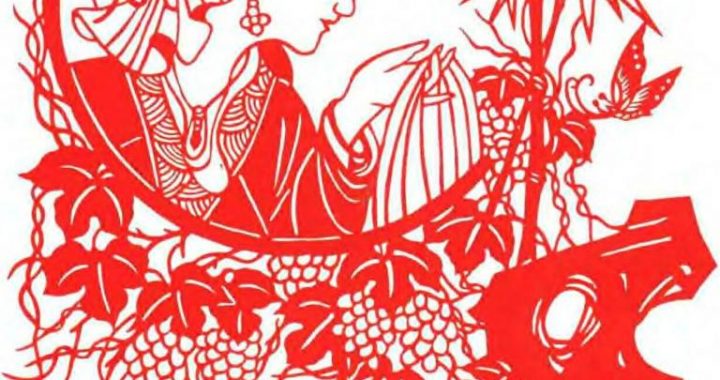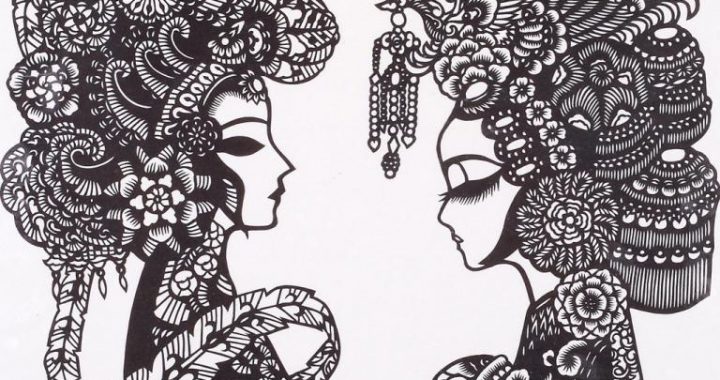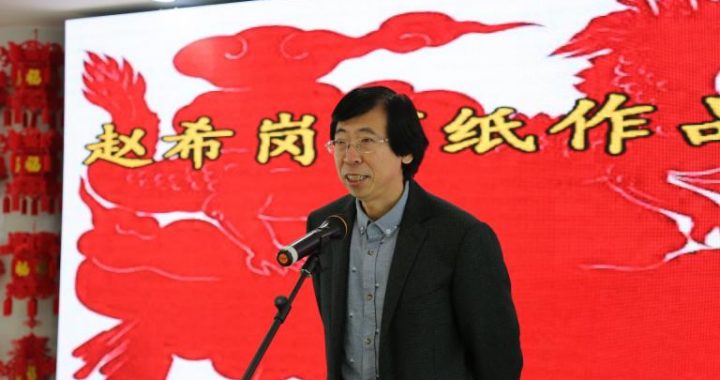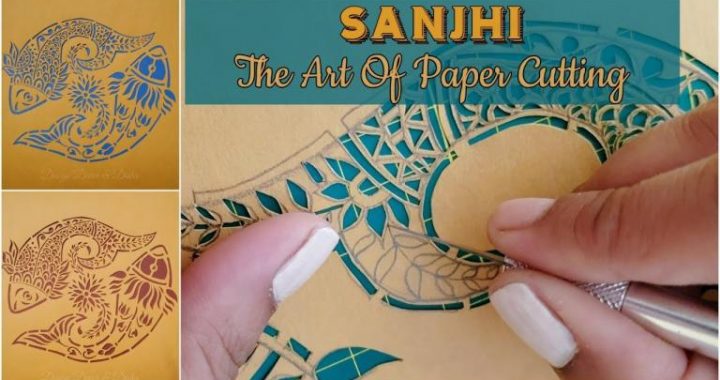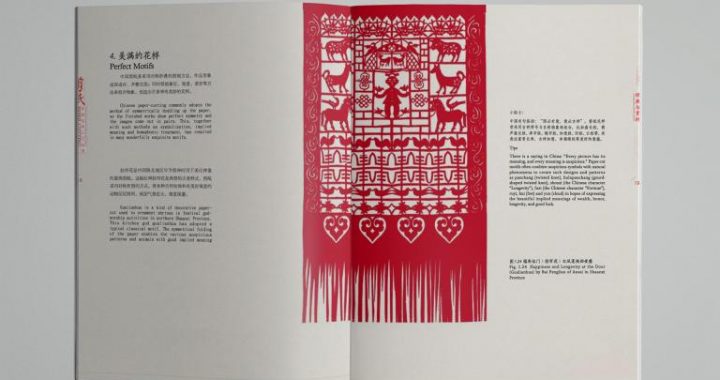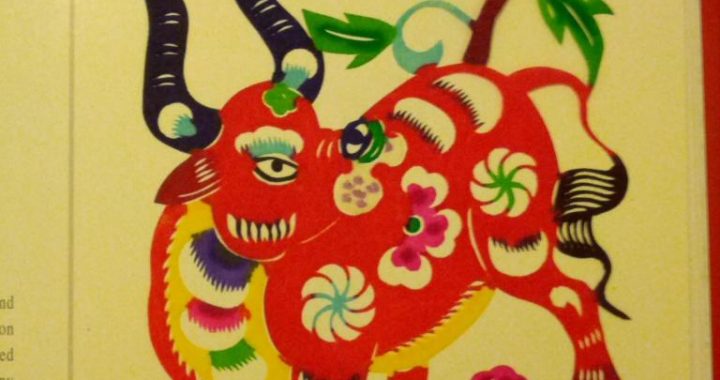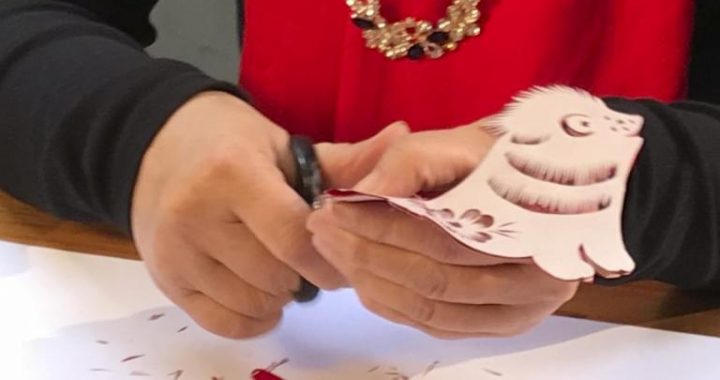Totems
8 min readBaby with coiled hair-A ball flower paper-cut “Baby with coiled hair” is very popular among the folks on the Loess Plateau along the Yellow River basin. In the center of the ball is this baby with coiled hair, who is a patron saint and god of propagation on the Loess Plateau. Wearing a hair style with double coils upward to the sky, and holding a pair of fish in both arms, she assumes a squatting posture as if giving birth. The lower part of her body is a pair of scissors pointing downward to imply the nature of male or yang, which, corresponding with her hair coils implies that she is hermaphroditic god of the universe. Scissors is yang by nature, a sharp tool that keeps away evil spirits and disasters. As a folk proverb goes: “Awl and scissors drive away the five poisonous creatures. Some folk art works make the eyes of god as the sun. The two breasts are the two eyes of a cicada, a legendary animal of propagation, to symbolize a continued and never ending posterity. On each side are symbols of “Sheng”( music instrument, hegemony of “birth”in Chinese), or lotus flowers. “Sheng is “birth” and lotus is proliferous symbol with male nature. A local folk proverb goes: “When lotus and sweet osmanthus growing out of a bucket, we have sons, daughters and nephews; when golden cicada blowing ‘Sheng, family posterity never ends.””A ripe persimmon bears eight precious’Sheng (kids),’and a lotus plants the seeds. “In this art work, god of the universe holds yin and yang two fish, one in each hand, with their tails connecting in a continuous character “Wan”without breaking up, implying never ending prosperity and continued posterity. In the lower part of the picture are two geometry symbols of Ruyi (good luck), and a legendary rabbit holding grass in the mouth. Rabbit, hegemony of “spit kids, “is god of proliferation. Two rabbits with double Ruyi have the meaning giving birth to a succession of sons one after another. wedding song used by the people of the Loess Plateau has”double walnuts and double jujubes, double sons and daughters chasing around. A good son is expected to grow up wearing cap and blue gown(to become an official); and a daughter is to be capable with her hands.”With the art of paper-cut,”every cut has meaning of its own”said the grandmother who made this art work of multi-lateral, collective symbols and cultural codes with the theme of life and propagation. If a paper-cut for window decoration could be a tourist book of northern Shaanxi, “Baby with coiled hair”would be an orchestra of the paper-cut art. It is actually a transformed version of “Double fish with human faces”on 600-year-old painted pottery from the Yangshao Culture of Xi’an.
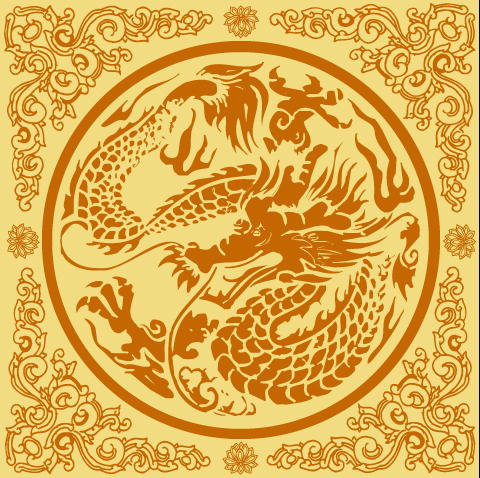
A ball flower paper-cut “Baby with coiled hair.
Folk paper-cut-a pair of fish with human faces (Zhenyuan, Gansu)
Folk paper-cut-paired fish doll with coiled hair (Qingyang, Gansu).
An eight diagrams symbol on the edge of a painted pottery showing a pair of revolving fish and a human face with closed eyes as supernatural creatures from Yangshao Culture, Banpo.
Sketches of pair of fish with human face on a painted pottery from Yangshao Culture, Banpo type.
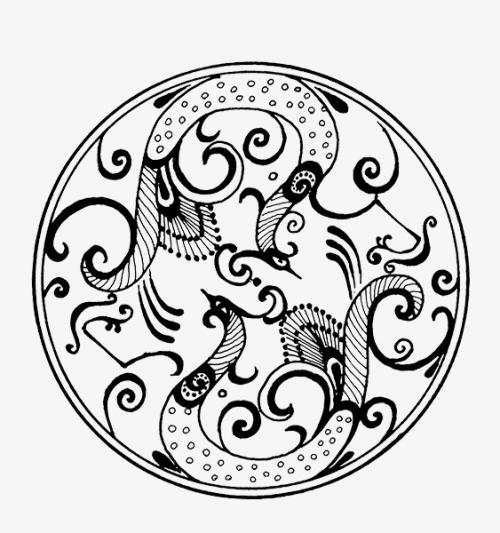
Paper-cut “paired fish dolls” from the Loess Plateau of Gansu Province has two yin-yang fish one on each side. It shares the same cultural implication and art form as “Yin-yang fish,” and “Baby with coiled hair. In Luochuan, Shaanxi Province, it is in the form of a paired snake with coiled hair and paired dragon with coiled hair. In Chinese folk art, fish, snake (dragon)and baby girl are related and interchangeable.
Paired fish with human face on painted pottery from Banpo-In Shaanxi, Shanxi and Gansu area, a similar image as “Baby with coiled hair” is the”Paired fish with human faces”on painted pottery from Yangshao Culture of 6,000 years ago unearthed in Banpo. People tend to connect this with the fishing and hunting life style of primitive society. As some argued, the sketches on each side were symbols of a fish net. The painting showed only the heads, the interpretation went on as: two fish nets were set open, and two people were in the water. Their feet being in the water were left out. It was implied that their hands were busy catching fish under the water. By closing in from two opposite sides, they made the fish running into the net. Their half closed eyes were a sub-conscious facial look when focused on catching fish. It seems to me, however, the creators of the art work in primitive society always tried to convey the original Chinese philosophy through cultural symbols and codes that were accepted by the community. Without the knowledge of original Chinese philosophy, it would be impossible to decode their symbols, nor to interpret Chinese archaeology art or folk art. Take fish for example, the paired fish created in the art work was not the fish in their natural being. It was yin-yang fish symbols. The two fish on painted pottery rotating towards opposite direction were yin-yang fish revolving around the sky, a conceptual symbol of perpetual life.
Various forms of eight diagrams in China.
Human face with paired fish-Corresponding with paper-cut “Yin-yang fish”and “Baby with coiled hair,” “Paired fish with human face” on painted pottery symbolizes the first ancestor, god of the universe Looking at this image, god has one eye open, and the other eye closed. Apparently, they are not the natural but conceptual eyes.
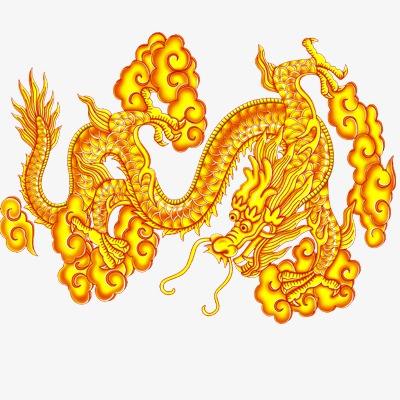
With god of the universe, the open eye is the sun, the day, and yang; the closed eye is the moon, the night, and yin.
It is common practice in Chinese folk art to liken eye to the sun and the moon. In folk art painting created by the women in northern Shaanxi, all human faces are round-eyed, same as the eyes of the tiger. Their eye balls are always in the center of the white unsheltered by eye lids. It is believed that a closed eye is the moon and an open eye is the sun. Therefore, eyes should be painted bright and shining. To me, that might also be a cultural comprehension from the primitive clans.
Fish net-A widely used code in Chinese folk art is fish net. From the primitive society to today, this ever-popular symbol of perpetual life bears a cultural heritage shared by all people on earth. For thousands of years, it has been a sign of auspice and good luck, or Ruyi (wishes being granted) in every way. It is also known as the code of the Eight Diagrams. The transformed patterns and names of this code further enriched the implications it carried. The popular “China Net”being worn as an adornment in the chest or hung in bedrooms today is from the very code of the fish net. On painted pottery “Human face holding a fish in the mouth”from Yangshao Culture, the starting end of the fish net sketch was a “+”and an “x.””+”was the graphic sign of the sun, but “x” was the code for rotating sun and a revolving earth.
The first sign was a square, a double square or a chequer code; the second sign was a diamond and the net veins; that is the fish net symbol of life.
‘Fish net’ on painted pottery and paired fish with human faces from Yangshao Culture, Banpo.
Chinese New Year festivity in Shaanxi-going through zigzag diagram in nine tunes.
Upper: A plane view of a zigzag diagram.
Middle: Arranging the stage for nine tune game.
Lower: Going through nine tune game.
Over thousands of years, these two symbols and a variety of their extended forms have maintained a lasting popularity in West Asia, China, even around the globe, embedded in all aspects of social life and folk customs in daily food, clothing, shelter and transportation, custom rituals and ceremonies; holidays and festivities, beliefs and taboos. Stone painting from the Han tombs in Shandong Province with a lark holding a red book in the mouth was a fish net symbol same as the one on the painted pottery from Banpo. “The treasure toad” and” snake twining round nine eggs”among the folks in northern Shaanxi; the “Eight diagrams”and “A toad over a square” from Hebei; “Two snakes twining around nine eggs”(meaning dragon laying nine eggs)on baby’s pillow case in Weihe Valley; and the popular “China net”on the market today; are all transformed patterns from the fish net symbol. Even “Yangko,” the popular Chinese New Year folk dance loved by the people in northern Shaanxi, is tuned in steps of nine squares and eight diagrams derived from the fish net symbol.
Paper-cut “Baby dolls with linked hands.
Sketches of “Dancing dolls’on painted pottery from Majiayao Culture (dated back 5,000 years).
Paper-cut “Fairies from five paths, the saints who expel diseases (Yanchuan, Shaanxi).
The same symbol on rock carving from ancient Tuyuhun in west China’s Buerda mountain area is still a popular sign of good fortune often seen on each side of buildings or tents in southern Gansu, Qinghai and part of Tibet where inhabitants are largely Qiang ethnic groups. After Buddhism got into China from India, this symbol became one of the eight symbolic treasures of Buddhist to cherish across China.
Dancing dolls on painted pottery and paper-cut “Five Fairies-A representative work of Yangshao Culture from the Neolithic Age was the dancing dolls on painted pottery unearthed from Sunjiazhai, Daotong County, Qinghai Province, in 1973. The main part of the picture was three sets of five dolls, hand-in-hand. It was named “Dancing dolls”, and interpreted as depiction of a dancing scene by some scholars. However, when I showed it to some grandmothers in northern Shaanxi, they called it”Fairies from five paths.” They were fairies of east, north, south, west and the center. It is a popular paper-cut in northern Shaanxi used in reviving spirits in local customs. When kids get sick, the family would make “Fairies from five paths”paper-cut in yellow paper, pick it up with a willow twig and stroke it over the sick body while mumbling something. Then, burn it and spread the ashes into a bowl of water; take the clothes of the kid to a five-way crossing to spill the water there; calling the name of the kid on the way to and back from the crossing. People also hang “Five fairies” paper-cut on the lintel to keep evils away from the house. The number of the dolls can be in five, seven, three or nine, always an odd number as the “yang”nature. Other times the dolls are made of pumpkin seeds and black beans, as “Pumpkin seeds dolls,” to be pasted inside the room.
